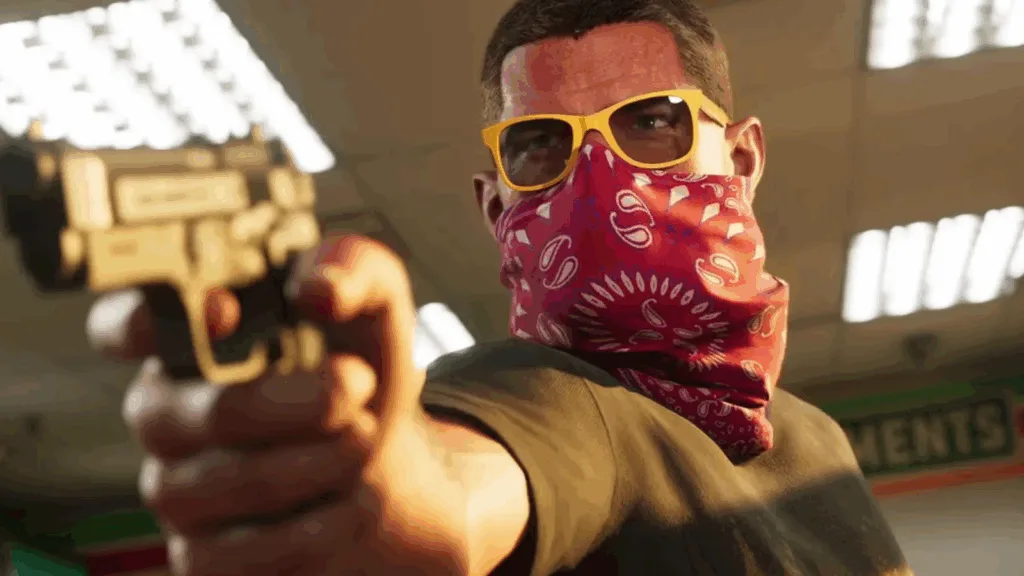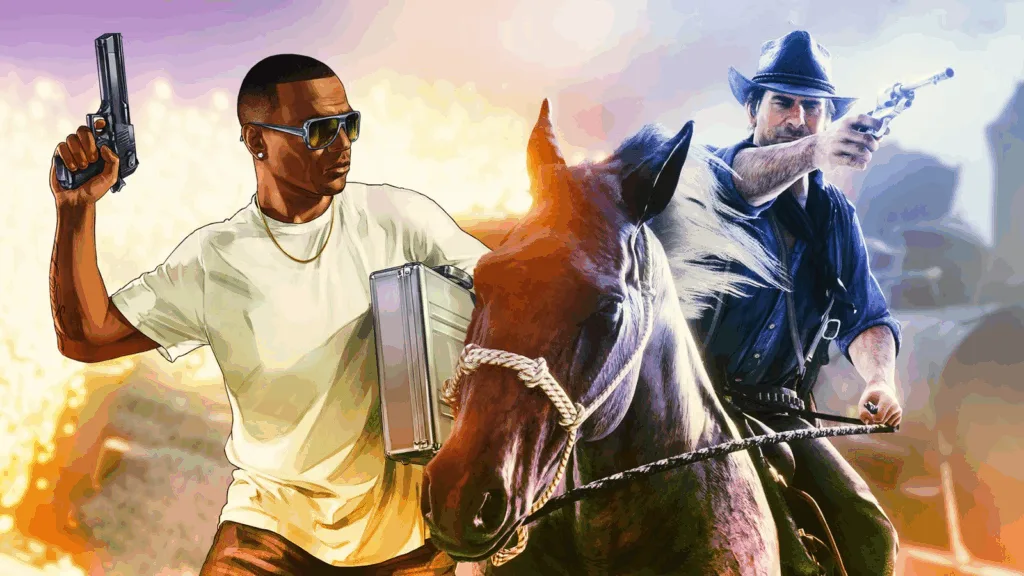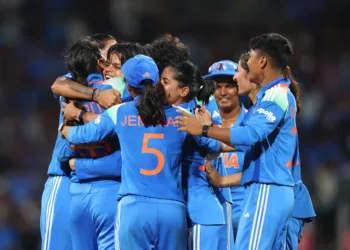With GTA 6’s May 26, 2026 release approaching, Rockstar fans are speculating how mechanics from Red Dead Redemption 2 might evolve for Vice City. One beloved feature stands out: RDR2’s immersive camp system that transformed gang hideouts into living, breathing social hubs. While cowboys camping under stars doesn’t translate directly to modern Miami, Rockstar could reimagine this system through urban safe houses, neighborhood hangouts, and gang territories that bring unprecedented depth to Jason and Lucia’s criminal empire.
Table of Contents
GTA 6 RDR2 Camp System Quick Breakdown
| Feature | RDR2 Implementation | GTA 6 Potential |
|---|---|---|
| Social Hub | Gang camp with interactions | Bars, clubs, safehouses |
| Resource Management | Donations for camp upgrades | Investment in territories |
| Side Missions | Gang member requests | Crew job opportunities |
| Mini-Games | Poker, dominoes, fishing | Pool, darts, arcade games |
| Rest & Recovery | Cooking, sleeping, bathing | Meals, downtime activities |
| Reputation System | Camp morale tracking | Gang loyalty meters |
| Dynamic NPCs | Gang members with routines | Crew with daily schedules |
Transforming Camps into Urban Social Hubs
Red Dead 2’s camp system thrived on creating intimate spaces where characters built relationships between heists. GTA 6 could translate this through neighborhood joints—bars, restaurants, clubs, and hideouts where Jason and Lucia’s crew naturally congregate.
Real-World Parallel: Just like small-town communities gather at local diners and pubs, Vice City’s criminal underworld would have preferred hangouts. These locations become more than mission markers—they’re living spaces with familiar faces, ongoing conversations, and evolving dynamics.

Implementation Ideas:
- The Regular Spot: Jason’s crew frequents a dive bar in Port Gellhorn where pool tournaments and job planning happen organically
- Lucia’s Territory: A Little Havana restaurant serves as her operation’s headquarters, complete with back-room deals
- Neutral Ground: High-end clubs where rival gangs temporarily coexist, creating tense social dynamics
These joints would feature persistent NPCs with schedules—visit Tuesday afternoon, and you’ll find different crew members than Saturday night. This creates authentic urban rhythms missing from previous GTA titles.
For more speculation on GTA 6’s innovations, explore our GTA 6 feature predictions.
Dynamic Side Missions Through Social Spaces
RDR2’s camp members regularly approached Arthur with optional jobs—helping with chores, participating in robberies, or simply sharing stories. GTA 6 could expand this through territory-specific mission givers.
Gang-Affiliated Locations: Different neighborhoods controlled by various criminal organizations (Haitian gangs, Cuban syndicates, biker clubs) each offer unique mission chains. Frequenting specific joints increases your reputation with those factions.
Player Choice Matters: Unlike linear mission structures, players decide which gangs to support. Help the Hatians? Cubans become hostile. Maintain neutrality? Both offer limited opportunities. This creates personalized criminal careers where no two playthroughs feel identical.
Mission Variety:
- Bar owner needs “protection” from rival gangs
- Restaurant manager requests delivery “errands” (contraband smuggling)
- Club promoter wants help with “marketing” (intimidation tactics)
- Mechanic shop offers vehicle theft contracts
These missions emerge organically from social interactions rather than forced phone calls or map markers, mimicking RDR2’s natural mission flow.
Reputation and Investment Systems
Arthur’s camp donations funded upgrades and improved gang morale. GTA 6 could implement territorial investment mechanics where Jason and Lucia financially support specific neighborhoods or gangs.
How It Works:
- Donate money to upgrade joint facilities (better equipment, more patrons, expanded services)
- Upgraded locations provide better mission rewards and exclusive perks
- Your investment increases reputation, unlocking advanced jobs and alliances
- Other gangs notice your support—help the Cubans too much, and Haitians become enemies
Strategic Depth: Players must balance relationships across Vice City’s criminal ecosystem. Supporting everyone equally means shallow connections; focusing on specific territories creates powerful alliances with inevitable enemies.
This system adds economic strategy to an action franchise, rewarding thoughtful resource management alongside shooting skills.
Check out Rockstar’s approach to world-building on the official Rockstar Games website.

Mini-Games and Downtime Activities
RDR2’s camp offered poker, dominoes, and fishing—diversions that built camaraderie. GTA 6’s urban setting opens possibilities for:
Classic Activities:
- Pool and darts at dive bars
- Poker tournaments in back rooms
- Arcade machines in hangouts
- Karaoke nights (Miami Vice vibes!)
Modern Additions:
- Competitive racing via social media challenges
- Dance-offs at nightclubs
- Betting on street fights
- Collaborative heist planning minigames
These activities wouldn’t just be distractions—they’d deepen relationships with crew members, unlock dialogue, and occasionally trigger spontaneous missions. Beat your lieutenant at pool? He challenges you to prove yourself on a risky job.
For GTA gameplay tips, visit our GTA Online strategy guide.
Character-Driven Immersion
RDR2’s greatest achievement was making gang members feel like family through camp interactions. GTA 6 could achieve this through:
Persistent Crew Dynamics: Your criminal associates have routines, preferences, and evolving relationships. They remember your choices, comment on recent jobs, and develop organically.
Dual Protagonist Synergy: Jason and Lucia might frequent different joints based on their backgrounds, creating parallel social networks that occasionally intersect.
Reactive World: Successful heists make your hangouts more crowded (everyone wants in). Failed jobs create tension. Getting arrested might mean certain crew members distance themselves.
Why This Matters for GTA 6
Rockstar’s strength lies in environmental storytelling. Adapting RDR2’s camp system transforms GTA 6 from “mission hub with NPCs” to “living criminal ecosystem.” Every corner of Vice City becomes meaningful when populated with characters you’ve built relationships with through shared downtime, not just shared violence.
This approach addresses criticism that previous GTA games felt lonely between missions—you’d meet interesting characters who’d vanish until the next scripted encounter. Social hubs create organic presence, making the world feel inhabited rather than choreographed.
Frequently Asked Questions
Would camp-style systems slow down GTA 6’s pacing compared to previous games?
Not necessarily. The beauty of RDR2’s camp system was its optional nature—you could rush through main missions or immerse yourself in camp life. GTA 6 could implement similar flexibility where social hub features are entirely optional for players wanting pure action, but available for those craving deeper immersion. Think of it as “hardcore mode” for role-players and completionists. Fast-travel and mission markers would still exist for arcade-style players, while those wanting simulation depth could engage with territory management, reputation systems, and social dynamics at their own pace.
How would this work in GTA Online’s multiplayer environment?
GTA Online could implement player-owned social hubs similar to nightclubs and motorcycle clubhouses but with expanded interactivity. Crews could collectively upgrade shared hangouts, host events for other players, and establish territory-based reputation. The donation system becomes crew fundraising, mini-games support competitive leaderboards, and side missions scale for cooperative play. Instead of Arthur managing Van Der Linde gang relations, player crews manage their criminal organization’s standing across Vice City. This creates emergent turf wars, alliances, and rivalries that develop naturally through gameplay rather than forced PvP mechanics.








